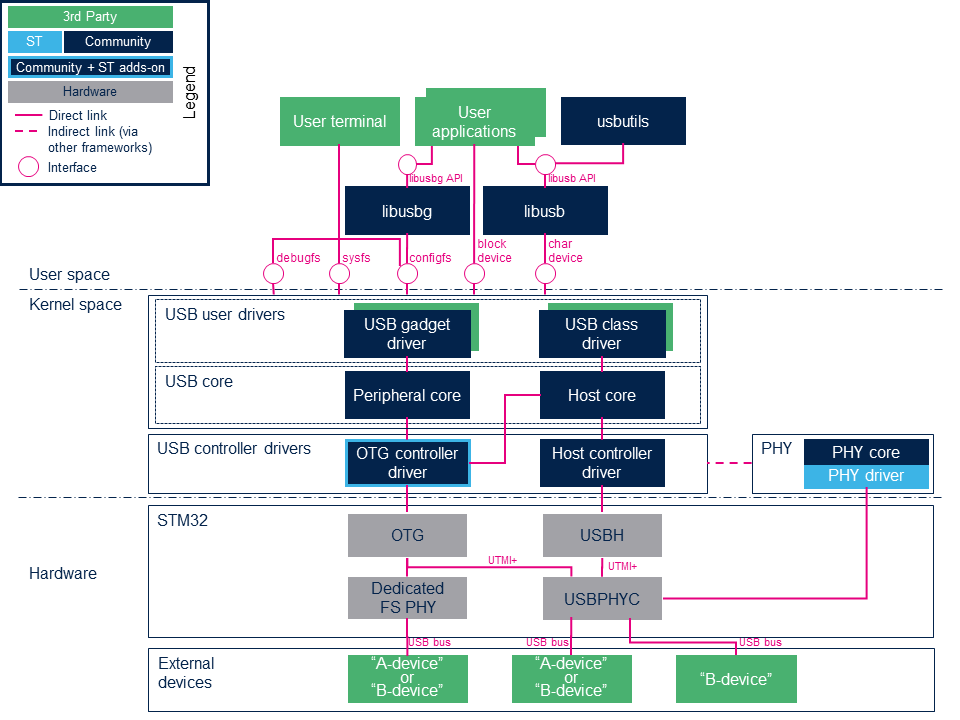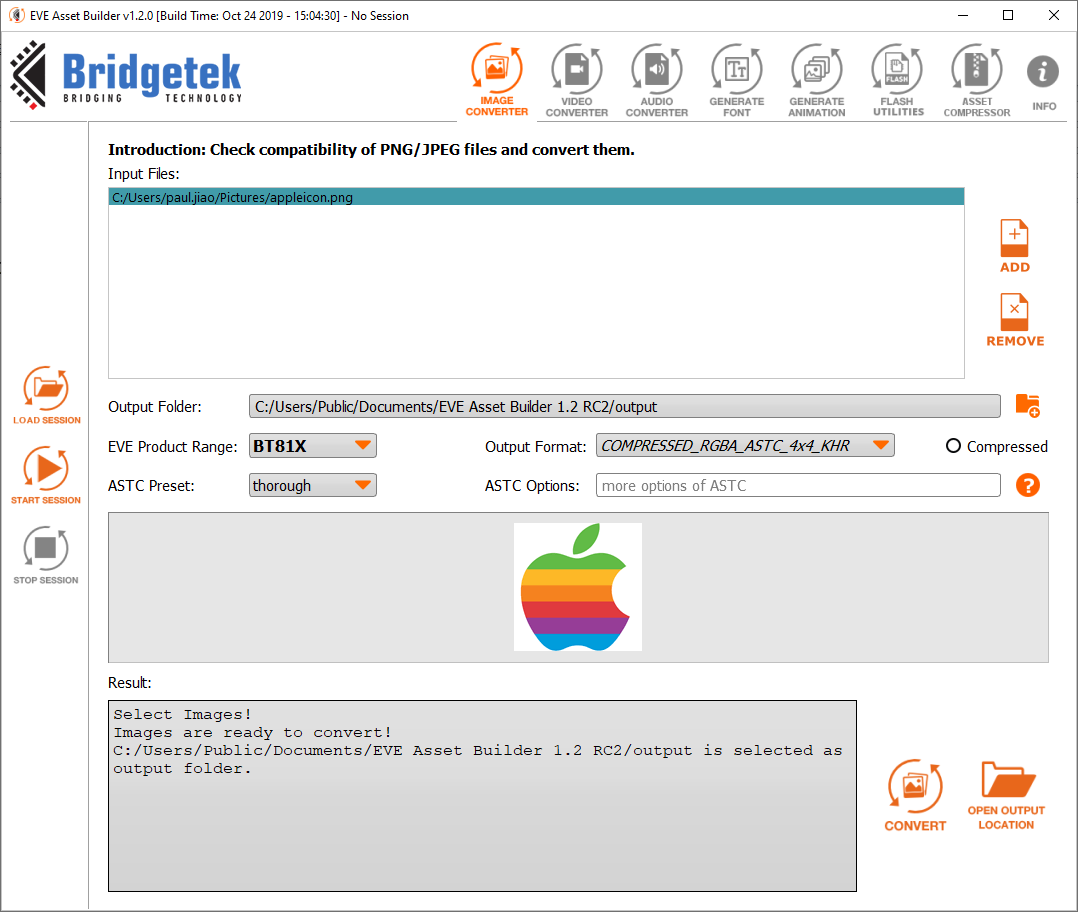In existing Linux kernels, the Linux Device Driver Model allows a physical device to be handled by only a single driver. The PCI Express Port is a PCI-PCI Bridge device with multiple distinct services. To maintain a clean and simple solution each service may have its own software service driver. L4T provides the Linux kernel, bootloader, NVIDIA drivers, flashing utilities, sample filesystem, and more for the Jetson platform. Jetson Developer Kits and Modules Jetson developer kits include a non-production specification Jetson module attached to a reference carrier board. The issue is that under linux you have to choose the way your driver will interact with the user app - or if it is going to expose any device at all. At this point it is not Xilinx-specific anymore since on standalone everything is basically done through memory poking.
- Drivers Linux Developer Community Port Devices Online
- Drivers Linux Developer Community Port Devices List

I have recently switched serial driver development over toSourceForge. The old serial page will be around for a while (and older serialdrivers can be downloaded from that site), but new development will behappening here. Check out the Sourceforgesummary page. You can submit bugs there, ask questions in thepublic forums, submit proposed bug fixes, etc.
You can get the latest version of the driver here.This driver has much improved PCI and ISA Plug-and-Play (or is thatPlug-and-Pray?) support.
Download inro elektrotechnik driver. Download the City of Edmonton Case study to see the range of project analysis supported with their citywide Dynameq model Construction Planning Evaluate project-specific and/or systematic work-zone related congestion impacts, validate mitigation strategies to support comprehensive transportation management plans. Downloads for Launchpad MK2. Windows Novation USB Driver 2.13. Windows Novation USB Driver 2.13. Launchpad MK2 firmware updater.
While you're at it, you probably should upgrade your version of setserial tolatest release (version 2.17).
Using this serial driver
This serial driver is designed to be used with either a Linux 2.2or Linux 2.3 kernel, and it can either be compiled as a stand-alonedevice driver, or you can use the install-in-kernel shell script toinstall it into a 2.2 or 2.3 kernel tree. (Note: you may need toupdate some defines in include/linux/pci.h if you take this approach.)
If you are using a stock Red Hat 6.0 or 6.1 kernel, you will needto recompile it to disable the built-in serial driver. Either take itout entirely (CONFIG_SERIAL=N), or compile the built-in serial driveras a module (CONFIG_SERIAL=M). Then build my new serial driver as astand-alone module, making sure that /usr/src/linux is a symlink tothe kernel sources which you are currently running. Download windows 10. You can do thisby typing the 'make' command. The new driver can then be installedusing the 'make install' command. Warning: depending on how yourkernels and modules are set up, this may not work completelycorrectly.
PCI Modem support

I am getting a lot of e-mail messages about supporting PCI modems,so here's the scoop concerning supporting PCI serial/modem devices.Right now *NO* PCI modems are supported, although support for some arein testing. If you have some PCI modem, please read on below; if youhave a PCI serial board which is not a modem, please skip to the next section..
First of all, the serial driver does not, and will never support,controller-less modems, which are somtimes called winmodems.(n.b. Winmodem(tm) is a trademark of 3COM corporation, and refers to aspecific brand of controller-less modems. However, people havestarted using 'winmodems', without the capital letter, to refer tothe generic class of modems which require a windows specific driverbecause they do not implement a full modem in hardware.) If you havea PCI-based modem, the odds are about even as to whether or not it isa winmodem or not. The following site, 'Winmodems are notmodems'. Before you send me e-mail, please check yourmodem against the listing found in the above web site; if it is awinmodem, or controller-less modem, I can't help you.
If your modem isn't listed on the 'Winmodems are not modems' website, there are some other ways you can tell if your PCI modem is acontroller-less modem. If the packaging on the box states thatWindows 95 or 98 is a requirement, that's a pretty good hint. Modemswhich are labeled as 'HCF' modems (Host Controller Family) fromRockwell are controller-less modems. If you've installed the softwareon a Windows box, you can check and see how big are the drivers thatthey've installed. If the driver (typically a .VXD file) is large,that's another tipoff. If the modem is extremely cheap (20 or 30 USdollars), that's another hint. Fundamentally, you get what you payfor.
If you are unfortunate enough to own a winmodem and desire to useit under Linux, there is a project which is trying to develop a driverfor some controller-less modem chipsets. But because of thecomplexities associated with the modem protocol standards (V.90 V.34,and their ilk), they have a long road ahead of them. If you areinterested in more information, please refer to the Linmodem Web Site
 . (Update:There is now an Alpha driver for the Lucent winmodems, and PC-TEL hasreleased a binary-only driver.)
. (Update:There is now an Alpha driver for the Lucent winmodems, and PC-TEL hasreleased a binary-only driver.)Getting your PCI serial device supported
So, if you have a PCI device which you're sure is a true, realmodem, or if you have a PCI serial board that's not yet supported,what do you need to do? First of all, you need to be familiar withbuilding your own kernel. If not, find a friend who has those skills;unfortunately, I simply don't have the time to walk people through thenecessary steps involved; wait, and hopefully someone with thosetechnical skills can work with me through the testing process.
The first step is to obtain the full name of the PCI serial/modemboard and the manufacturer. Often the full name of the board isextremely important, so please try to get the whole thing. Forexample, a proper full model name might be the the US Robotics's'Model 0726, V.90 56K Internal Faxmodem PCI'. Don't just tellme that it's a USR V.90 modem; U.S. Robotics has over a dozendifferent PCI modems, many of which are winmodems, but some of whichare not. If you don't have the documentation or the original box forthe PCI serial/modem card, power down your system, pull out yourboard, and take a close look at it. Often the model name will besilkscreened onto the board, or on a sticker which has been pasted onthe board somewhere.
The second step is to run the command lspci -v as root.This will result in a listing that contain a large number of entrieswhich look like this:
00:11.0 Communication controller: Unknown device 14d4:0400 (rev 01)Control: I/O+ Mem+ BusMaster- SpecCycle- MemWINV- VGASnoop- ParErr- Stepping- SERR+ FastB2B-
Status: Cap- 66Mhz- UDF- FastB2B+ ParErr- DEVSEL=medium >TAbort-
Interrupt: pin A routed to IRQ 11
Region 0: Memory at febffe80 (32-bit, non-prefetchable)
Region 1: I/O ports at ec00
Region 2: I/O ports at eff0
Region 3: I/O ports at efe0
Region 4: I/O ports at efa8
Region 5: I/O ports at efa0
There will be a large number of such entries, one for each deviceon your PCI bus. (There will be one entry for each PCI board in yourcomputer, but some PCI devices are built into the motherboard; youwon't need to worry about them for the purpose of this exercise.) Youwill need to find the one which corresponds to your PCI serial/modemboard. The entry will either have the manufacturer's name listed, orit may be the one which is listed as 'communication controller',as inthe above example.
This entry tells us much; it tells us that this PCI serial/modemboard uses IRQ 11, and it tells us that the PCI board exports 6different I/O ports or memory-mapped regions, which this computer hasbeen assigned to the above-listed addresses. Hopefully, there are oneor more I/O port regions associated with the card. If you'recomfortable using the setserial command, try setting one of yourunusued /dev/ttyS devices to one of the I/O port regions listed bylspci, and set its IRQ to the IRQ listed by the lspci listing, and seeif you can communicate to your serial port or your modem. I recommendusing a low-level modem communications program such as C-Kermit forthis testing purpose. If you find that some number of the lspci's I/Oregions allow you to talk to the serial port/modem, let me know inyour report to me.
If you have a PCI modem which only has memory mapped regions,especially if there is only one memeory mapped region listed by lspci,the odds are very high (although not 100% conclusive) that you have awinmodem. In any case, you will need to contact the manufacturer ofyour modem for programming information.

Once you have assembled the above information, please mail it to me(tytso@mit.edu). The following bits of information: the fullmodel name of the board, the manufacturer's name, and the lspci-v listing are required if I am to help you. Pleasedon't e-mail me without this information asking for PCI support; Iwon't have the necessary information to do any good, and you will justbe wasting my time. If you were able to do some experimentationwith setserial and were able to find out which I/O regions worked foryou, please also give me that information.

Drivers Linux Developer Community Port Devices Online
Periodically, I will release testing serial drivers with my guessesas to how to let the serial driver talk to a particular PCI serialboard. As you may have gathered by now, there is no standard PCIserial interface. (The PCI consoritium which is in charge ofstandardizing the PCI bus must have been asleep at the switch.) Thisis why your experimentation using setserial is so important; if Idon't have your card (and there are so many PCI serial boards outthere that the astronomically huge that I won't) I can only guessbased on the lspci output the details of how to make the serial driverwork with your card. You will need to compile the driver, and try itout. If it works, send me e-mail and let me know about that fact, soI can mark a particular card as being actually supported, since I dokeep track of cards which I know work versus cards where I have onlyguessed at how to make them work.
Drivers Linux Developer Community Port Devices List
Theodore Ts'o